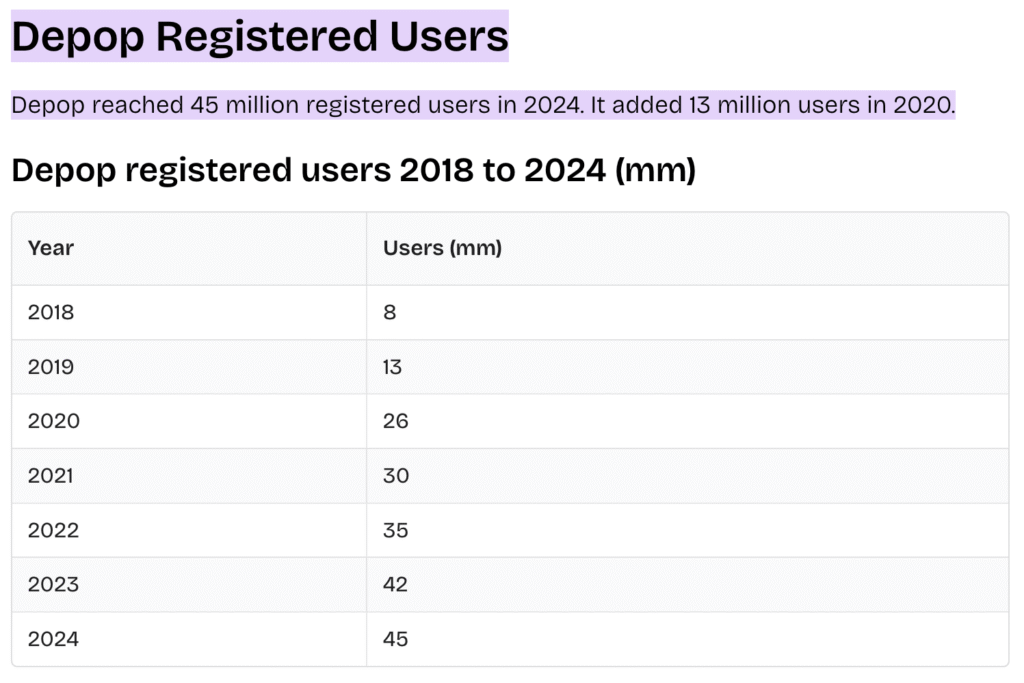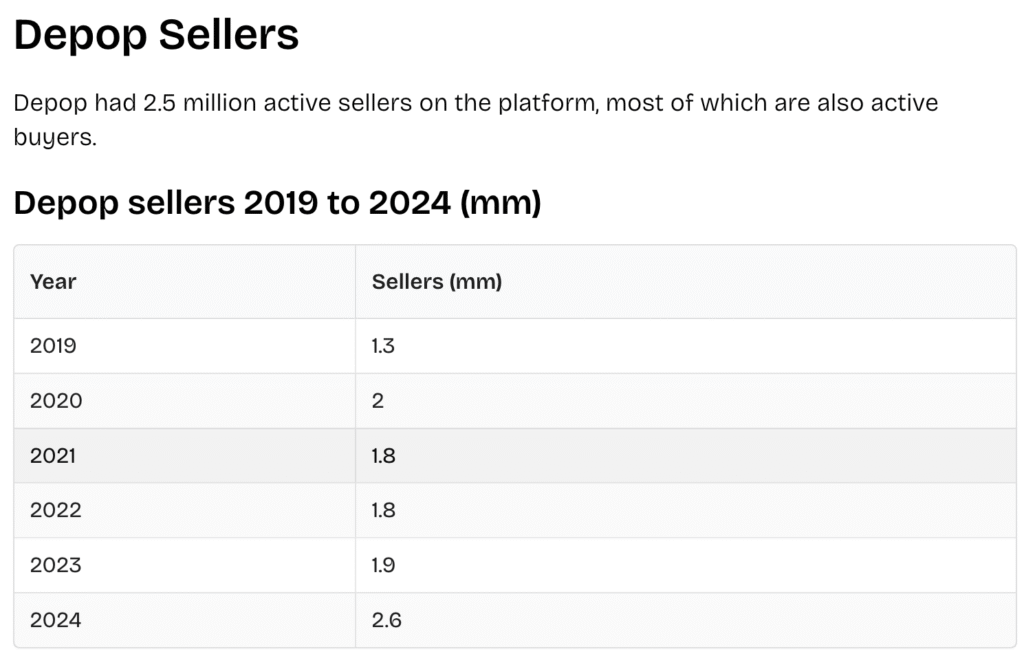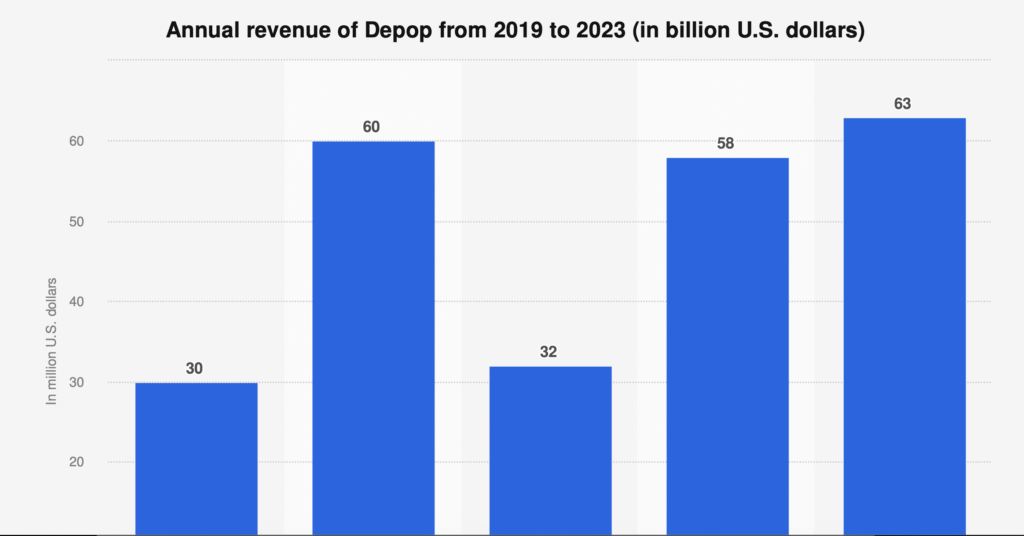In the aftermath of a global pandemic, we see industry wide changes be made to adjust with our ever evolving needs, wants, and desires. Sustainable fashion may be the last thing one thinks of when considering the goods and bads of our post COVID world.
However, we all get dressed in the morning. So lets pay closer attention to the what we’re putting on and who were buying it from.
During COVID, the fashion industry took a multitude of major blows. Not only losing billions caused by COVID times recessions, but through overseas supply chain issues.
No longer able to push out the same amount of product. Lacking the proper materials, equipment, and workers. A temporary pause was put on the fast fashion world.
Without a Shien haul in sight, and the world no longer at our fingertips. Many took a step back to rethink their consumption habits.
Who Started the Sustainable Revolution ?
With a shift in customer awareness, allowing much more factors into the decision making process (social, environmental, and personal). A wall around the industry could finally fall.
And with that, at the peak of 2020, we began to see sustainable fashion take a rise. Through thrifting, vintage fashion, and DIYs (do it yourselves), it had finally broken into the mainstream.
But who’s to thank for our newfound love of all things vintage or secondhand? Well not just the trend cycles.
Generation Z has played a key role in this shift into sustainability, more than half the generation putting an emphasis on values within consumption according to First Insight. Gen Z’s new found appreciation for sustainable fashion even leads to their willingness to pay up to 10% more to support a company/brand aligned with their values.
Having the majority over social media presence on top of this new shift into greener thinking. Gen Z’s stubbornness has and continues to make changes within the industry. Forcing transparency, holding companies accountable, and just demanding change.
Companies unwilling to change, would be missing out on this major new market.
Depop & Its ties with the time
With the pandemic still in full rage, and thrift stores still closed. Where would Gen Z start their sustainable fashion journey?
Depop, a second-hand peer to peer ecommerce site/app created by Simon Beckerman in 2011. Can largely thank Gen Z for its 2020 spike of 13 million new users.

The new generations found the gold our parents were always trying to show us, the art of thrifting.
By introducing the appealing idea of a circular economy to Gen Z. Depop became a stepping stone for many while shifting into more sustainable fashion methods. Allowing an accessible space for people to explore and express themselves in more sustainable ways.
During the time, while still allowing users to fulfill their spending needs. Depop also was able to support thousands of individuals who choose to sell on the site. Creating a job market in its own to support those unable to work due to COVID’s restrictions.
In 2020, Depop had its most registered users and sellers at the time. With around 2 million sellers grossing over $650 million in merchandise sales. Remaining the most Depop had generated until 2023.

With the rise in sellers and consumers on the Depop site/app, they could benefit from the buzz, and they would. More than doubling their profit for the year.
Generating around $60 million, double the previous year’s revenue of $30 million. This drastic rise in popularity would be hard to compete with in following years, but while in its prime, Etsy was able to acquire Depop for $1.6 Billion. Successfully bringing Depop’s numbers back up to compete with 2020’s spike.

